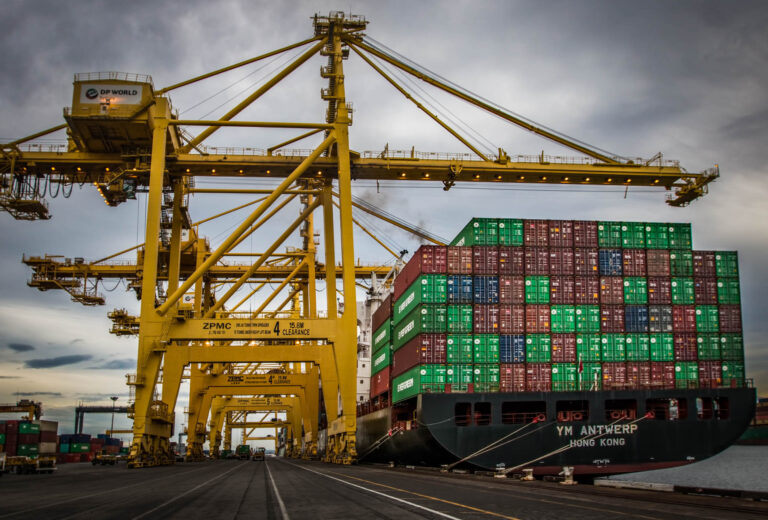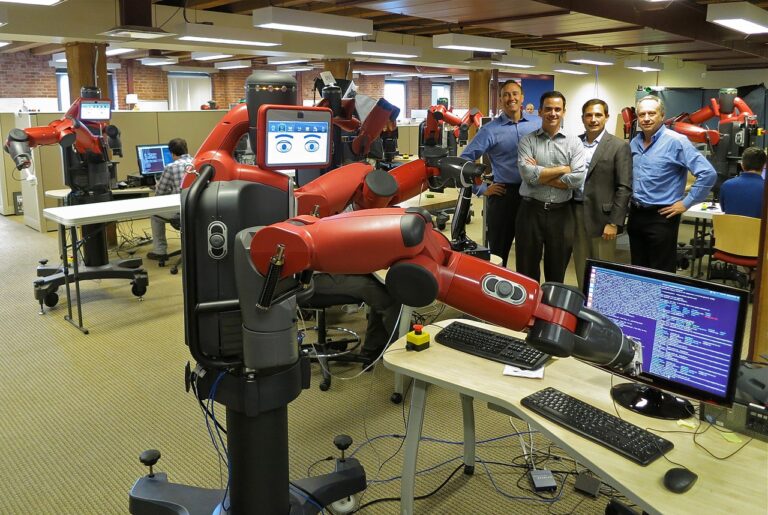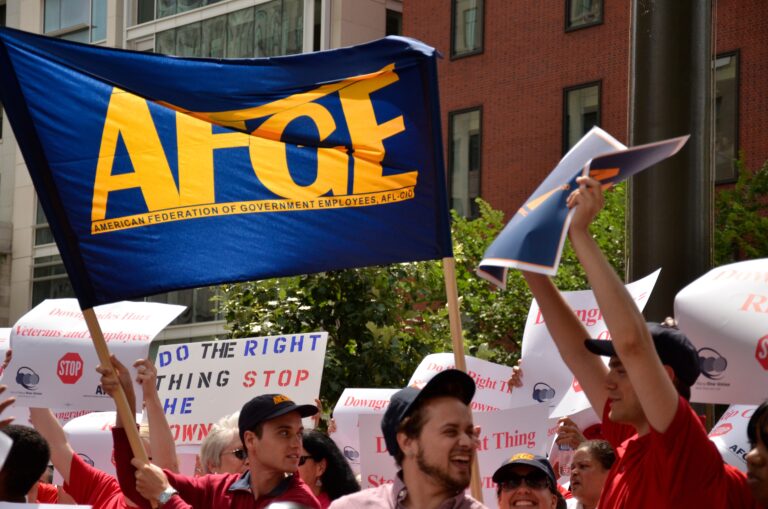Sometimes, Supreme Court cases revolve around seemingly minor disputes that have the potential to have major repercussions. Sandifer v. United States Steel Corporation, on which the Supreme Court will hear arguments on November 4th, is one of those cases. Specifically, the question presented in the case is: what constitutes “changing clothes” within the meaning of section 203(o) of the Fair Labor Standards Act (FLSA)?
Background and Context
Why is the meaning of “changing clothes” important? Let’s start at the beginning. In this case, approximately 800 current or former employees of U.S. Steel Corporation joined in a putative collective action. The plaintiffs sought backpay for the time spent donning and doffing Personal Protective Equipment. They asserted that U.S. Steel’s failure to compensate them for this time violated federal law since, under FLSA, Congress required employers covered by the Act to pay their employees a minimum wage for all hours worked.
Yet, section 203(o) of the law provides that, in making the determination of hours worked, “there shall be excluded any time spent in changing clothes or washing at the beginning or end of each workday which was excluded from measured working time during the week involved by the express terms of or by custom or practice under a bona fide collective-bargaining agreement applicable to the particular employee” (emphasis added). From 1947 to the present, under a collective bargaining agreement with the United Steel Workers (USW), U.S. Steel has not compensated employees for time spent doffing and donning protective items. In this case, the Seventh Circuit ruled this was permissible.
As one might imagine, section 203(o) has given rise to widespread litigation in and disagreements among the lower courts in cases involving unionized workplaces. The circuit courts are divided regarding when, if at all, donning and doffing such gear/clothing constitutes “changing clothes” within the meaning of section 203(o) (among other related issues). The Fourth, Sixth, Tenth and Eleventh Circuits hold that “clothes” includes anything an individual “wears,” including any “accessories.” The Ninth Circuit has ruled that “special protective gear different in kind from typical clothing” is not clothes under section 203(o). In this case, the Seventh Circuit adopted a third interpretation of section 203(o): an item is “clothes” for purposes of section 203(o) if it would be “regarded as an article of clothing” by “[a]lmost any English speaker.” Under the decision, the fact that the gear might have been fashioned in some special manner to serve a safety purpose – for example, the fact that the pants or jacket are flame retardant – does not remove that item from coverage as “clothes.” In conflict with the Ninth Circuit but consistent with other circuits, the Seventh Circuit found that section 203(o) is not governed by the principle that exemptions from FLSA are to be narrowly construed, contending that Section 203(o) is not an “exemption” at all.
These issues can have a significant impact on major unionized employers, such as U.S. Steel, the respondent. Many of these employers have plants in several different circuits, and thus may be subject to inconsistent legal standards. The situation can be compounded by the existence of national collective bargaining agreements, which may have differing legal consequences at different plants. Illustrating the important implications of this case, the United States Government, the AFL-CIO, the Grocery Manufacturers Association, the Chamber of Commerce, and the American Meat Institute (jointly with other meat industry groups) have all filed amicus briefs.
Arguments
According to Petitioners, the current and former employees, the Seventh Circuit erred in suggesting that the meaning of “clothes” could be determined by asking how an English speaker would describe a photograph of a model wearing the item in question. They argue that the dispute in this case is about whether an item would or should be described as “clothes” if its purpose is to protect the wearer from a workplace hazard. The term “clothes” in section 203(o) should be interpreted to exclude items that, unlike ordinary clothing, both are used to protect an employee against workplace hazards and are designed to provide such protection.
Further, Petitioners contend, this construction of “changing clothes” is consistent with what Congress would have had in mind in 1949 when it enacted section 203(o), since, at that time, most American workers who changed clothes at the beginning and end of the day did so because their jobs in mines and factories were dirty, not because their jobs required specialized protective gear. Moreover, they argue, this interpretation of “clothes” would be consistent with the Supreme Court’s repeated decisions that limitations on FLSA should be narrowly construed. Petitioners also contend that the Seventh Circuit erred in holding that this rule of interpretation applies only to provisions codified in section 213, which is headed “exemptions.” Petitioners make the point that a distinction between ordinary clothing and items used and designed to provide protection against workplace hazards is consistent with well-established distinctions in the OSHA regulations. Pursuant to those regulations, U.S. Steel and all employers already identify workplace hazards and select the particular items of personal safety equipment that are needed to protect against them.
On the other side, Respondent, U.S. Steel, emphasizes a textual argument in their brief. They maintain that, when read in context and as a complete, integrated sentence, section 203(o) does not simply address the compensability of wearing isolated items of “clothes.” Rather, it allows unions and employers to bargain over the compensability of an activity: “changing clothes . . . at the beginning or end of each workday.” According to Respondent, this complete phrase clearly refers to the process of putting on the entire outfit worn by an employee to be ready to work at the beginning of the day, and taking off that outfit at the end of the day. They argue that this plain, straightforward meaning is not only clear from the statutory text, it is further confirmed by the context, structure, and purpose of section 203(o). U.S. Steel makes the point that clothes that are “protective” or “specialized” can still be clothes. In fact, they argue, specialized and protective clothes are particularly common within the subset of clothes that are put on and taken off “at the beginning or end of each workday,” and donning and doffing them could be deemed “integral and indispensible” to industrial jobs. Thus, Respondent argues, excluding the changing of such clothes from the coverage of section 203(o), such that it is outside the reach of collective bargaining, would exclude precisely the class of activities targeted by Congress.
In an amicus brief, the United States Government sides with U.S. Steel, the Respondent. The Government argues that the items at issue here are clothes rather than equipment, which in turn means that the historical materials and modern case law indicating that some items of specialized equipment are so distinct in form and function that their donning and doffing does not constitute “changing clothes” under section 203(o) does not aid petitioners’ case. Further, according to the Government and in contrast to Petitioners’ claims, section 203(o) is not an exemption that must be narrowly construed, and OSHA regulations do not indicate that the items worn by petitioners fail to qualify as “clothes.” The Grocery Manufacturers Association, the Chamber of Commerce, and the American Meat Institute (jointly with other meat industry groups) sided with U.S. Steel in their amicus briefs as well.
By contrast, the AFL-CIO sides with the workers, the Petitioners. The AFL-CIO’s brief argues that, in enacting section 3(o), Congress indicated that it had a specific understanding of the phrase “time spent in changing clothes.” The brief contends that this specific understanding was based on the practice of bargaining for compensation for the otherwise personal activity of changing out of street clothes and into clothing or uniforms which could not be worn outside the plant in industries such as baking and meat packing – bargaining that had been required by the National War Labor Board and that continued into the immediate post-war period when section 3(o) was enacted. Unlike changing clothes, which, except in unusual circumstances, was considered a purely personal and thus uncompensated activity, the Board considered the donning and doffing of protective and safety equipment to be an integral part of an employee’s work that should be compensated on the same basis as other work. Thus, the AFL-CIO contends, the Seventh Circuit utilized an incorrect understanding of the statutory phrase “time spent changing clothes” and the Supreme Court should reverse and remand the case so that the Seventh Circuit can apply the correct legal standard.






Daily News & Commentary
Start your day with our roundup of the latest labor developments. See all
December 8
Private payrolls fall; NYC Council overrides mayoral veto on pay data; workers sue Starbucks.
December 7
Philadelphia transit workers indicate that a strike is imminent; a federal judge temporarily blocks State Department layoffs; and Virginia lawmakers consider legislation to repeal the state’s “right to work” law.
December 5
Netflix set to acquire Warner Bros., Gen Z men are the most pro-union generation in history, and lawmakers introduce the “No Robot Bosses Act.”
December 4
Unionized journalists win arbitration concerning AI, Starbucks challenges two NLRB rulings in the Fifth Circuit, and Philadelphia transit workers resume contract negotiations.
December 3
The Trump administration seeks to appeal a federal judge’s order that protects the CBAs of employees within the federal workforce; the U.S. Department of Labor launches an initiative to investigate violations of the H-1B visa program; and a union files a petition to form a bargaining unit for employees at the Met.
December 2
Fourth Circuit rejects broad reading of NLRA’s managerial exception; OPM cancels reduced tuition program for federal employees; Starbucks will pay $39 million for violating New York City’s Fair Workweek law; Mamdani and Sanders join striking baristas outside a Brooklyn Starbucks.